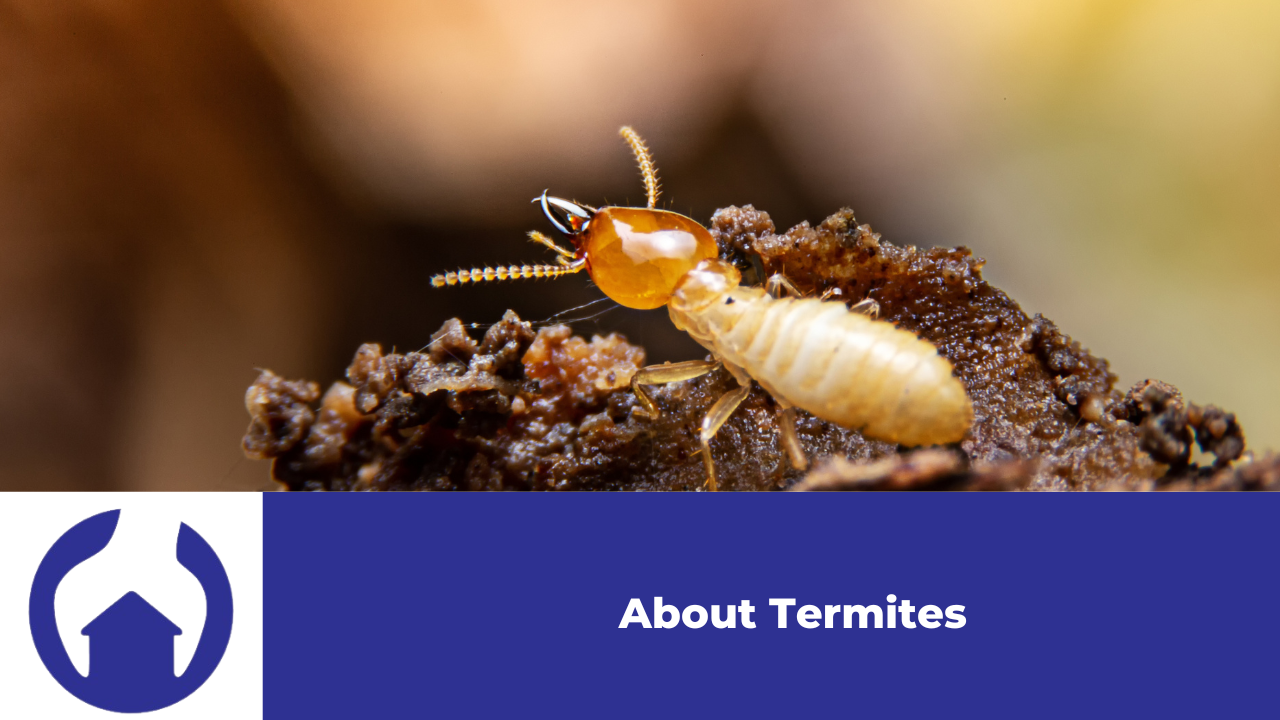Since the withdrawal of soil barrier chemicals in 1995, termite damage has increased. Studies undertaken by CSIRO indicate that every 1 in 3 homes in high risk areas are susceptible to termite attack.
As seen by this termite risk assessment map devised by CSIRO, a large proportion of Australia is at high risk. It is costing an estimated $780 million damage to Australian houses annually. National Archicentre estimates that “650,000 homes around Australia have been damaged by termites costing $3.9 million in treatment and repair typically over a five year cycle”.
Keeping these figures in mind, it is evident that Australians need to become more aware of termites and learn how to protect their properties from termite destruction, especially since home owners can not insure their homes against termite damage.
It’s costing Australians around $780 million annually to repair termite damage to their houses!
Australia is inhibited by over 350 species of termites. Around 20 of these can damage timber in homes. Termites are commonly associated with ants, but this is incorrect. Termites are closely related to cockroaches and grasshoppers. Termites only resemble ants in that they are the same size and have similar habitats.
Termites love warm, moist, dark areas. They rarely come out into the open and therefore travel underground. Some termites build high mounds of up to 6 meters high and other termites live 18-20 feet below the surface. A colony may exists up to 300 metres away from the point of termite food source. this makes it hard to track down the source of the colony. Termites digest wood, paper and any material containing cellulose

